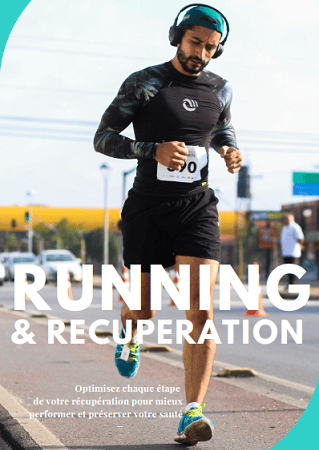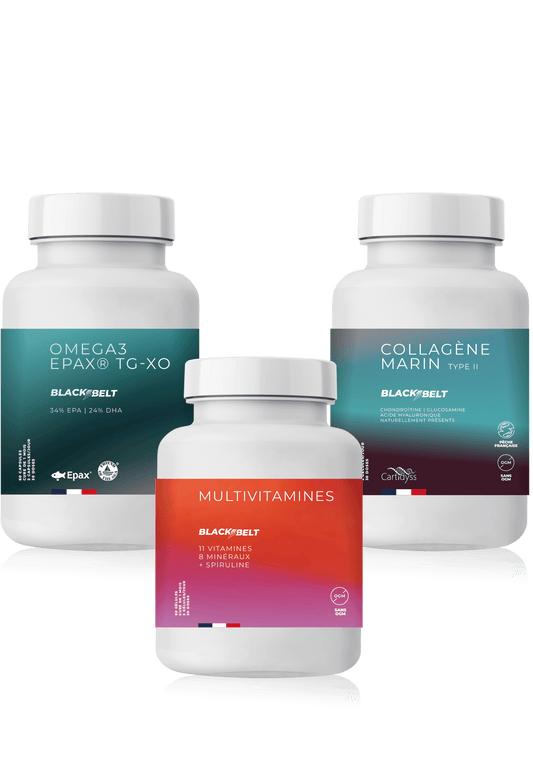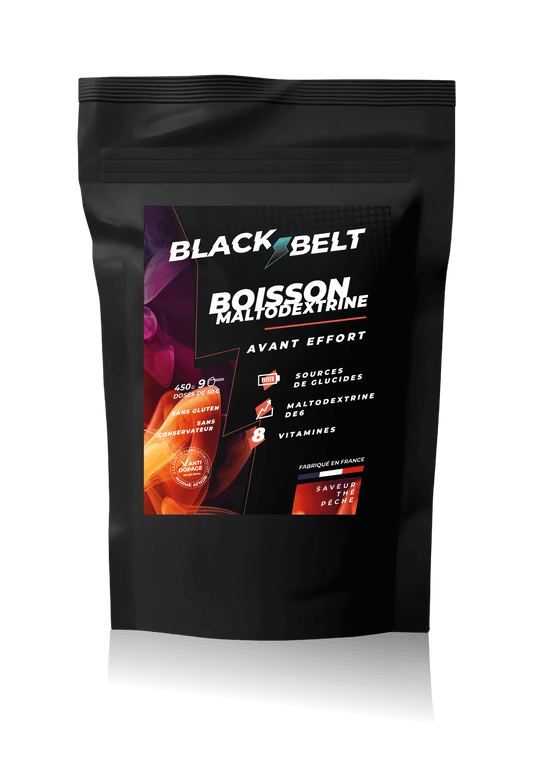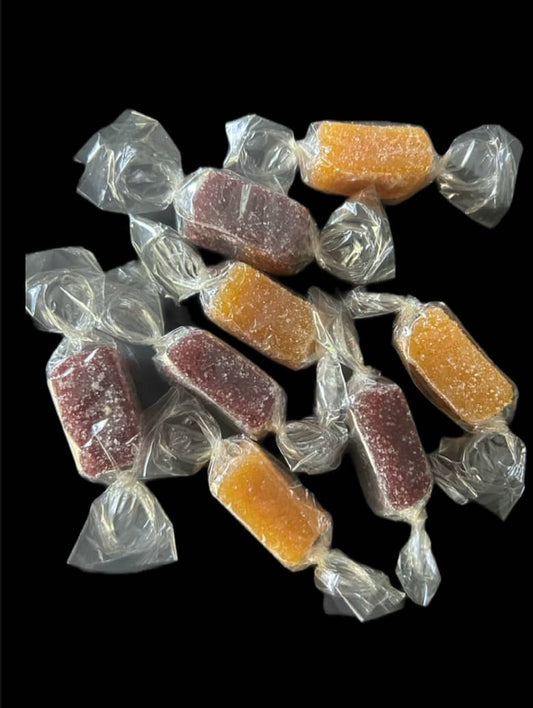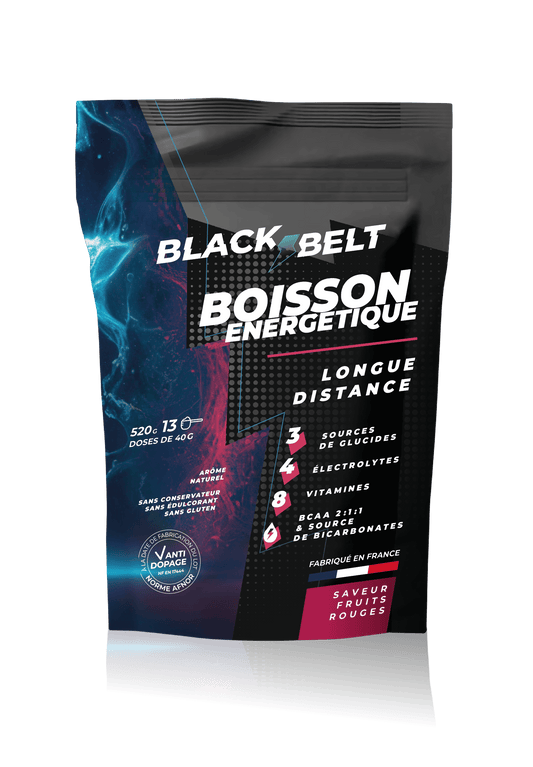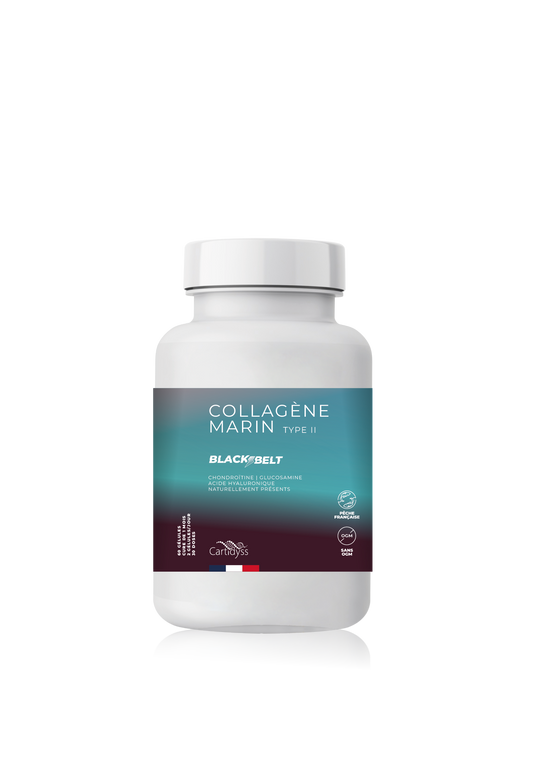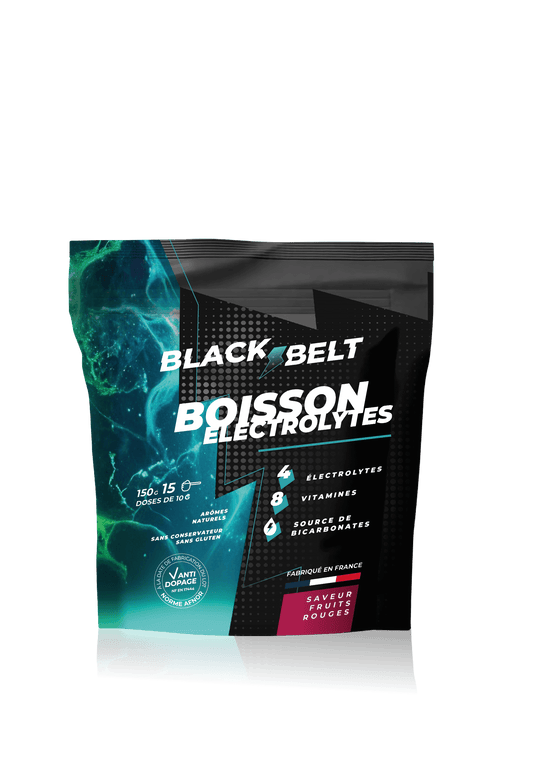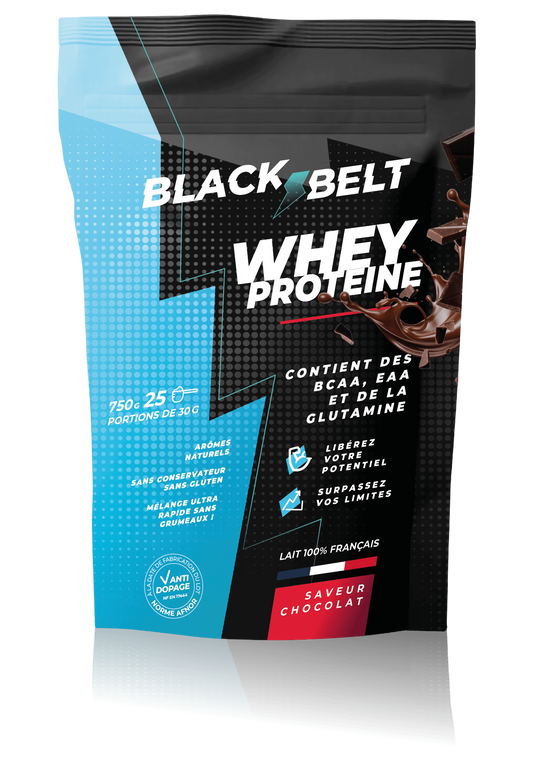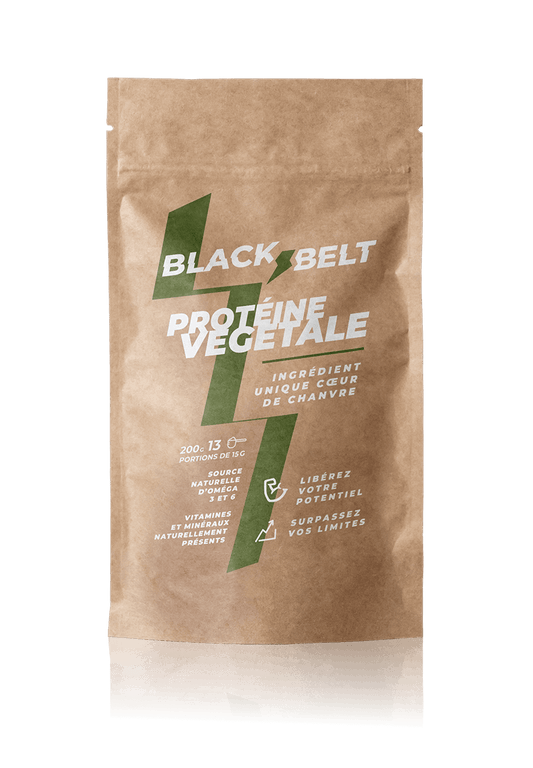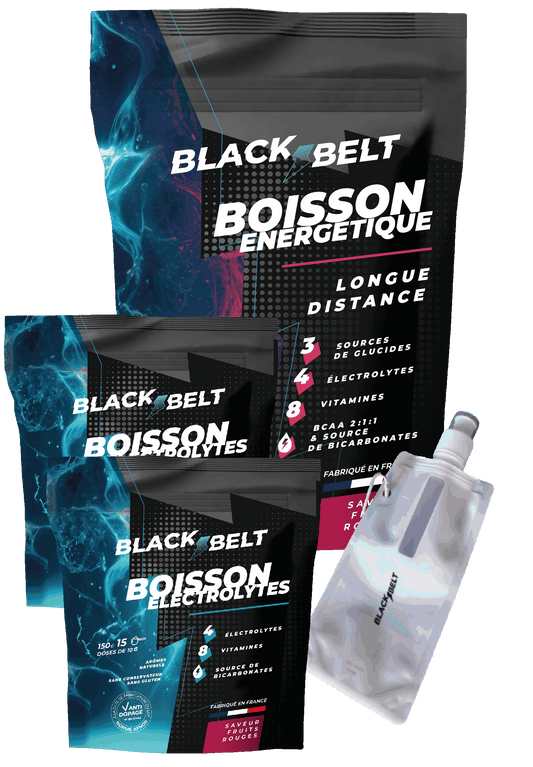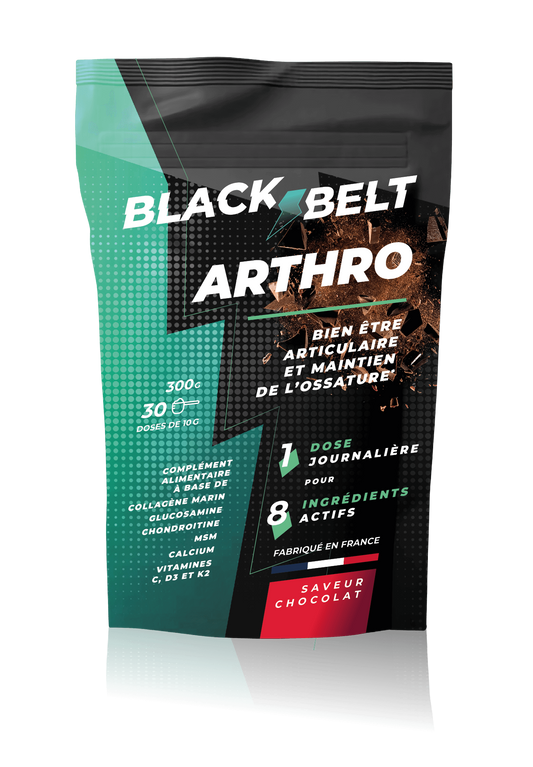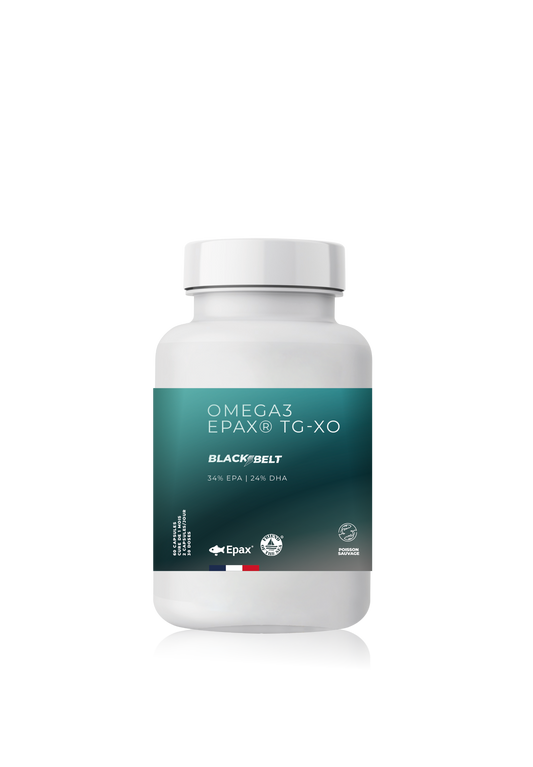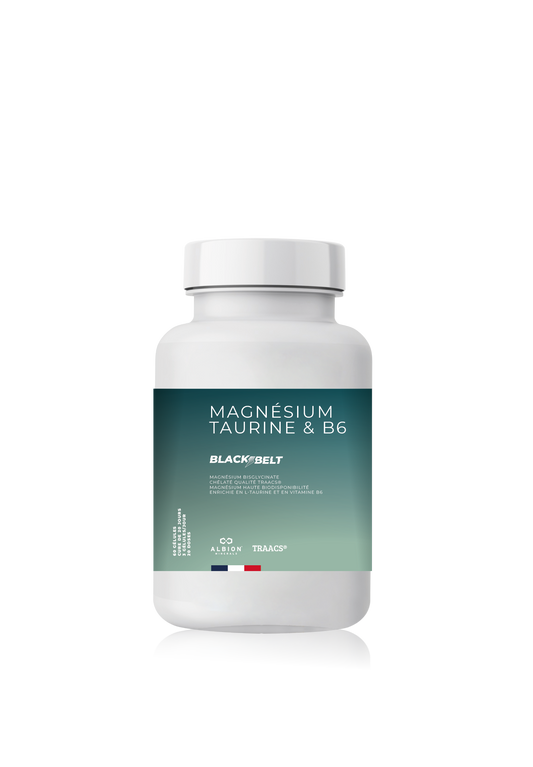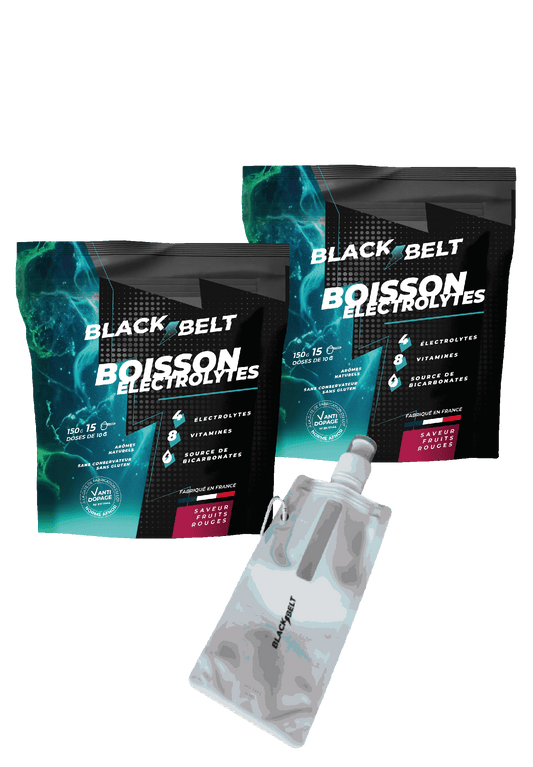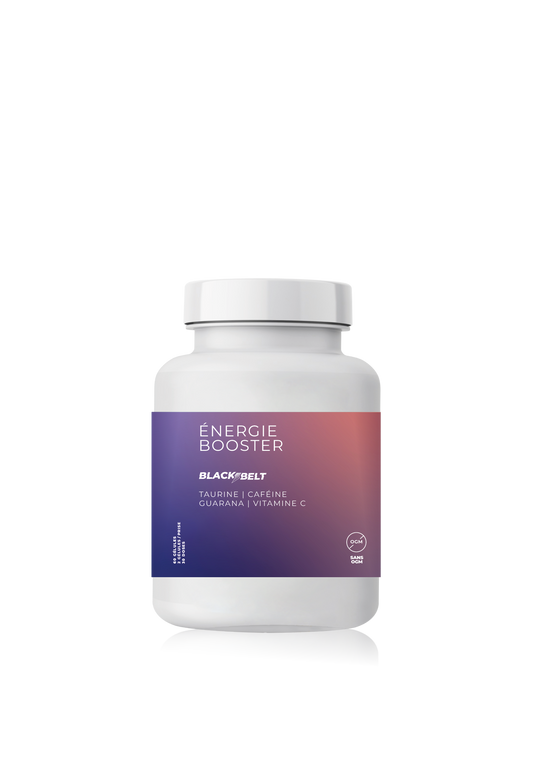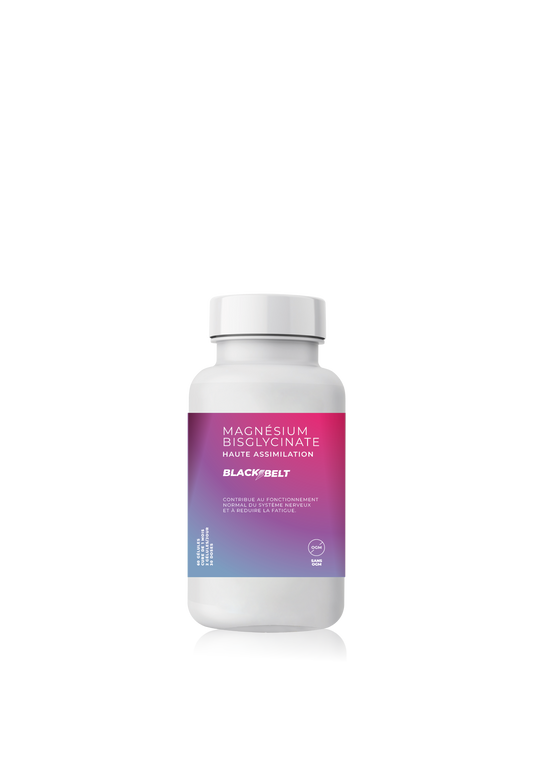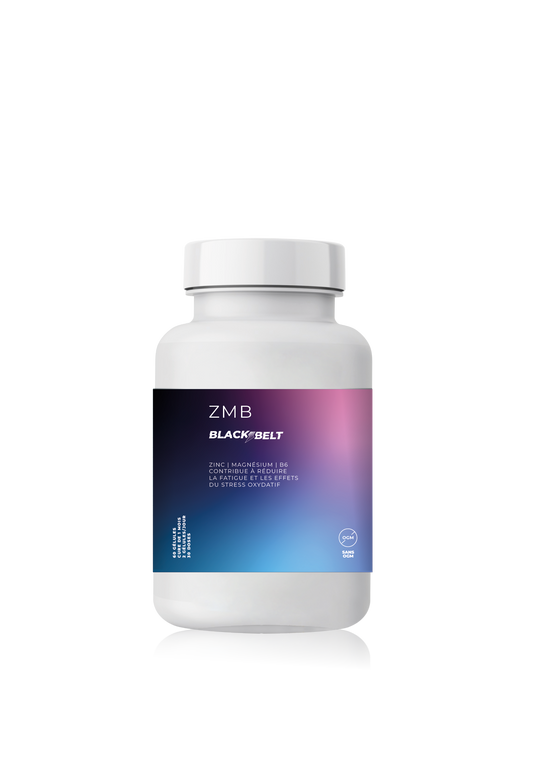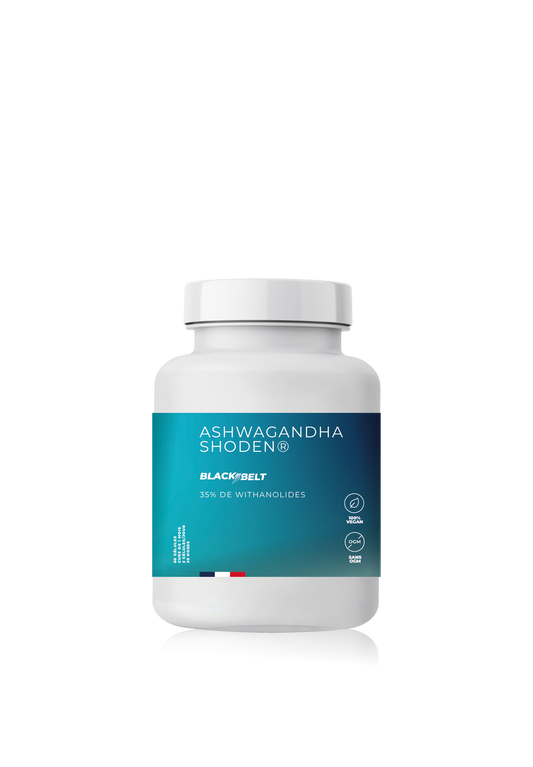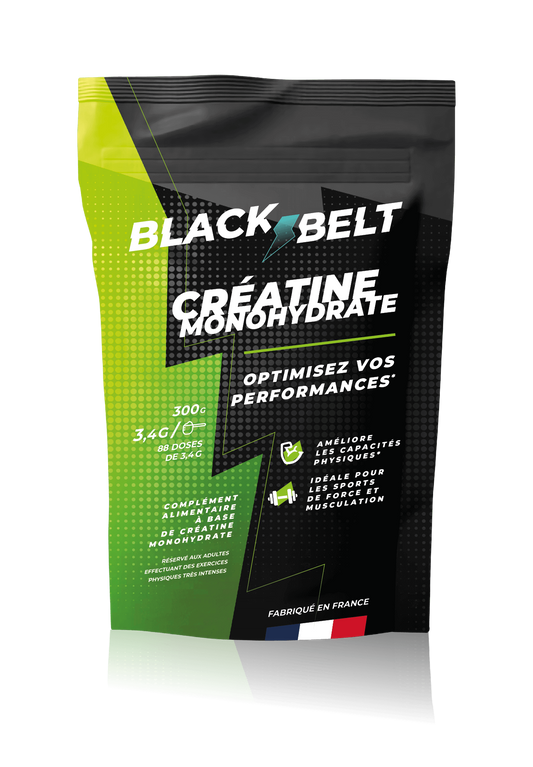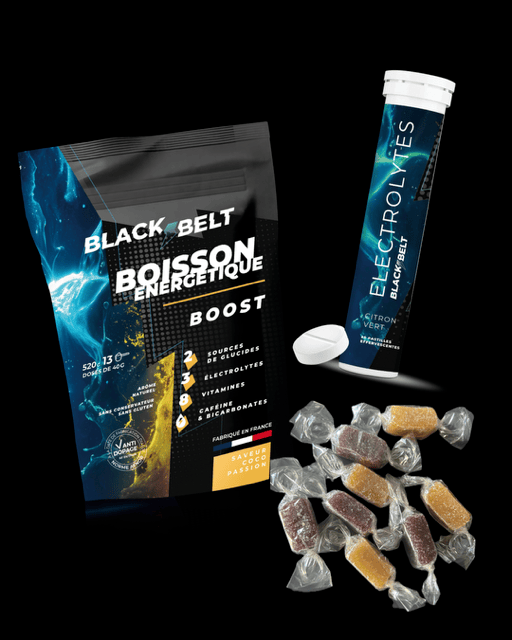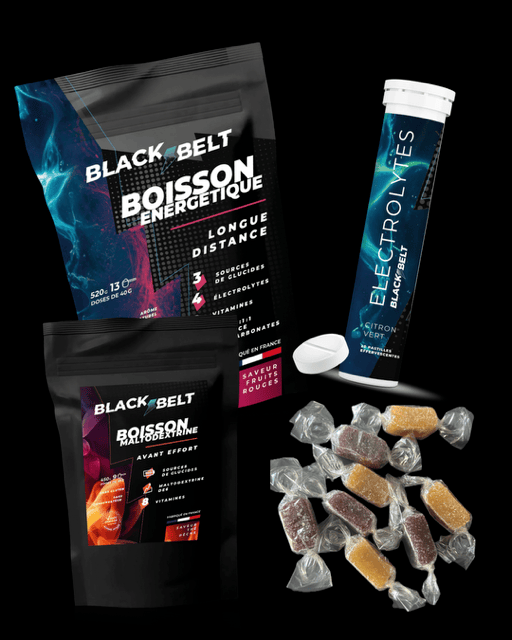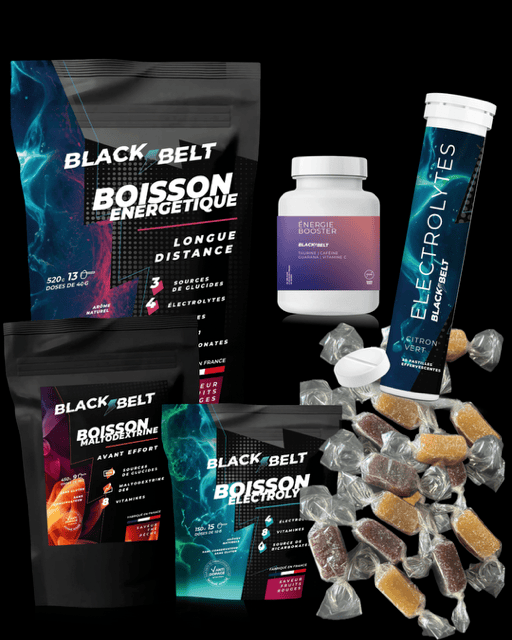
How to train to improve your VMA: Methods and advice for runners
Share
How to train to improve your VMA: Methods and advice for runners
A topic often searched for by athletes: The VMA! But what is it?
Improving your VMA (Maximum Aerobic Speed) is one of the essential goals for any runner looking to optimize their performance . A VMA not only allows you to run faster, but also to maintain an intense effort over long periods. It is therefore a serious subject for your progress! Let's now look at proven training methods and practical advice to increase your VMA and thus push your limits in running.
Why improve your VMA?
VMA a key performance indicator
VMA represents the maximum rate at which your body can consume oxygen during intense exercise. As you've probably understood, and that's probably why you're reading this article, by improving your VMA, you increase your muscles' ability to use oxygen, which translates to:
• Better endurance during long runs.
• Speed accumulated over varying distances.
• Improved energy efficiency to delay the onset of fatigue.
Indeed, this is an important subject!

Training methods to increase VMA
To boost your VMA, it's important to incorporate specific workouts into your training program. And yes, nothing comes from the sky, but fortunately, hard work always pays off! Here are some effective methods:
High Intensity Interval Training (HIIT)
Here we can kill two birds with one stone since high intensity interval sessions are among the most effective for stimulating VO2 max and therefore improving VMA.
• Practical example:
After a 15-minute warm-up, alternate 3 to 5 minutes at an intensity close to 90–95% of your maximum heart rate with 3 minutes of active recovery (light running or walking). Repeat this cycle 4 to 6 times.
• Benefits :
These sessions allow you to work the cardio-respiratory system intensely, thus improving the oxygenation capacity of your muscles.
and if you are looking for training to improve your VO2 max it is here . But still take the time to understand the difference between VO2 max and endurance .
Hill training
The choice between interval training and hill training is difficult. Good news! You can also choose not to choose and do hill training for the most motivated!
Running uphill puts more strain on your muscles and cardiovascular system.
• Practical example:
Find a hill of about 200 to 400 meters and run briskly uphill. Walk or jog back down to recover. Repeat 6 to 10 times, depending on your fitness level.
• Benefits :
Uphill climbs build muscle power and allow for better oxygen utilization.
Long outings at a sustained pace
Here we are on the basis of endurance sport, without it, you don't do much. It's essential, but fortunately, it's often where you start.
A long run at a pace slightly faster than your usual pace helps develop aerobic endurance.
• Practical example:
Run for 30 to 45 minutes at a brisk pace, just below your anaerobic threshold. This prepares your body to maintain a constant effort over an extended period of time.
• Benefits :
This method improves muscle resistance and oxygenation capacity over the long term.
Practical tips to optimize your VMA training
Preparation and recovery
• Complete warm-up: Before each session, do a warm-up of at least 15 minutes including brisk walking and some acceleration to prepare your muscles. Never neglect the warm-up, it's important.
• Active recovery: After intense sessions, finish with active recovery (light running or stretching) to promote blood circulation and muscle repair.
• Proper nutrition: Incorporate a diet rich in carbohydrates, protein, and electrolytes. For example, consuming a quality whey protein, such as BlackBelt whey, helps maximize recovery and support muscle protein synthesis. All our products are designed to help you do just that !
Performance monitoring
• Use tracking tools: Apps like Strava, Garmin Connect or others allow you to measure your heart rate, speed and evaluate your VMA over time.
• Readjust your training: Analyze your progress and adapt your sessions based on your results. Improving your VMA is a gradual process that requires consistency and regularity.
Motivation and discipline
• Set clear goals: Whether it’s to improve your time over 1 km or increase your VMA by a few km/h, specific goals will help you stay motivated.
• Share your results: Joining a running community or local club can provide you with support, personalized advice and encourage you to persevere.

Conclusion
Improving your VMA is a major lever for optimizing your running performance, whether you are a marathon runner, trail runner or regular runner . Interval training, hill sessions and long runs at a sustained pace are proven methods for boosting this aerobic capacity. In addition, good recovery and appropriate nutrition, particularly thanks to quality whey like that offered by BlackBelt, helps you transform your potential into concrete results.
Adopt these strategies, track your progress, and stick with your training. Each session will bring you closer to your goals, and you'll see that optimizing your MAS can truly transform your running performance.

